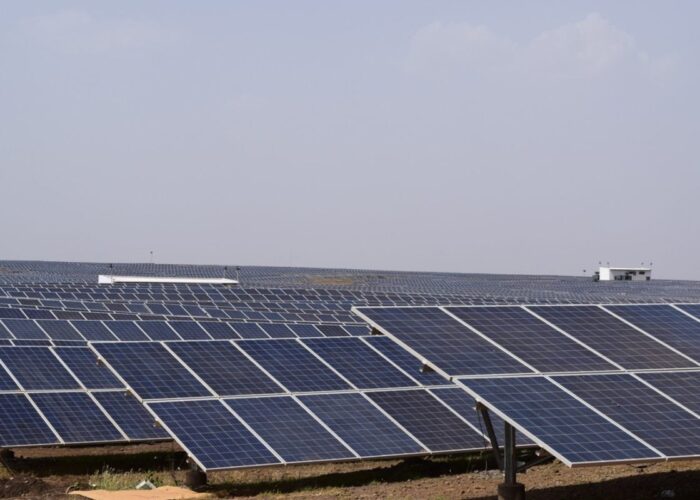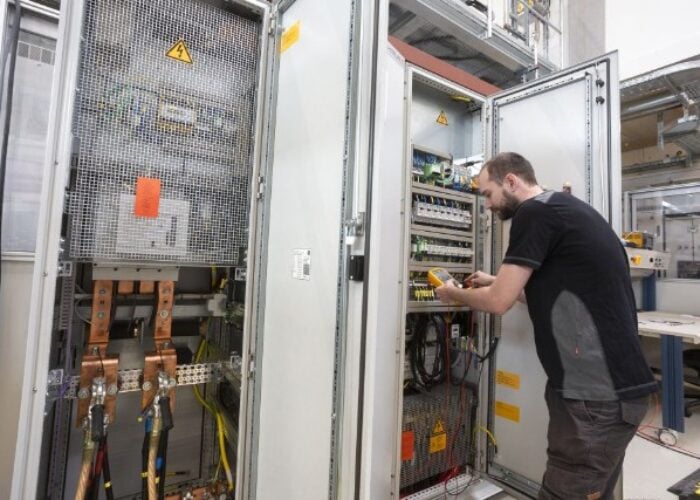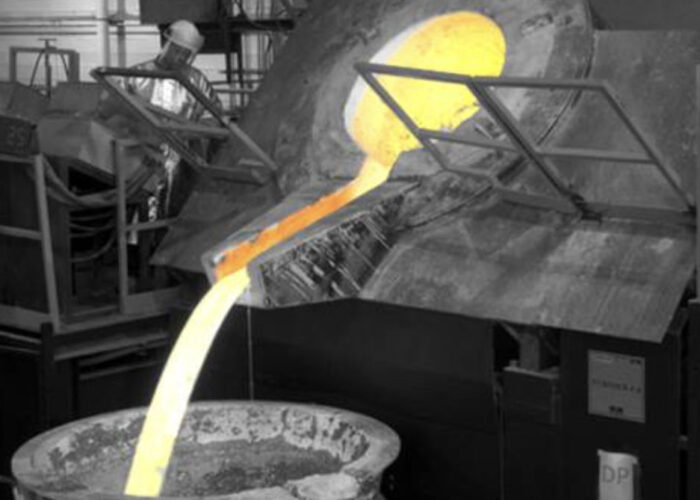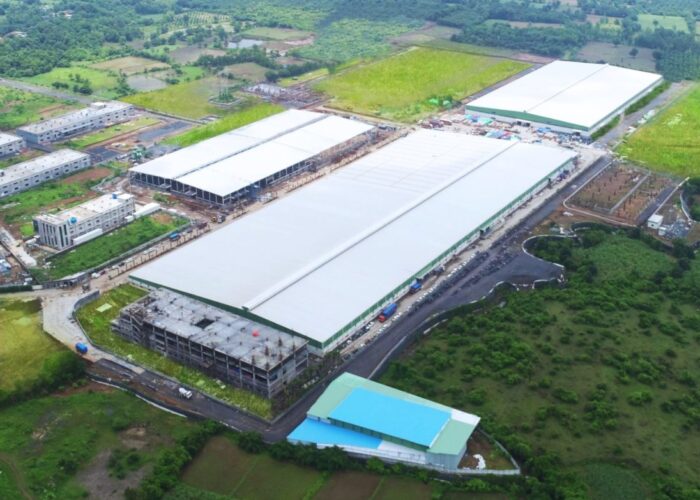CAMECA has recently introduced the IMS 7f-Auto Secondary Ion Mass Spectrometer, the latest version of its IMS 7f system. The new instrument is designed to deliver precision elemental and isotopic analyses with increased ease of use and productivity of advanced materials research applications.
Problem
Try Premium for just $1
- Full premium access for the first month at only $1
- Converts to an annual rate after 30 days unless cancelled
- Cancel anytime during the trial period
Premium Benefits
- Expert industry analysis and interviews
- Digital access to PV Tech Power journal
- Exclusive event discounts
Or get the full Premium subscription right away
Or continue reading this article for free
For solar photovoltaic installations, different material systems are being employed while combining two apparently contradictory challenges: increasing solar cell yield and reducing manufacturing costs. Silicon based solar cell device manufacturing is based on PV Si feedstock of upgraded metallurgical-grade silicon with at least 6N purity. The quality control of the Si purification process is mandatory to ensure high yield manufacturing.
Solution
CAMECA’s new IMS 7f-Auto provides quantitative measurement of the trace element impurity concentration in PV Si feedstock with detection limits from the ppm down to the ppb range, depending on the species to be analyzed. The performance of the CAMECA IMS 7f-Auto is particularly attractive for the analysis of light elements (H, C, O, N), main Si dopants (B, P, As), as well as metals (Al, Cr, Fe, Ni, Cu, et al). Opposite to Time-Of-Flight SIMS tools, the detection limits of the IMS 7f-Auto are improved when increasing the profiling speed. PV Si can be analyzed in its original physical form with fast and easy sample preparation. Due to its new motorized storage chamber and sample transfer, the IMS 7f-Auto can be used 24 hours a day with minimum operator intervention, and measurements can be fully unattended and automated, with unequalled throughput and reproducibility.
Applications
R&D of novel PV cells, process control of Si-based PV devices.
Platform
The sophisticated magnetic sector Secondary Ion Mass Spectrometer integrates mature technologies from CAMECA’s SIMS with additional developments, including a fully redesigned primary column, a motorized storage chamber, and new, advanced automation routines.
Availability
Currently available.







